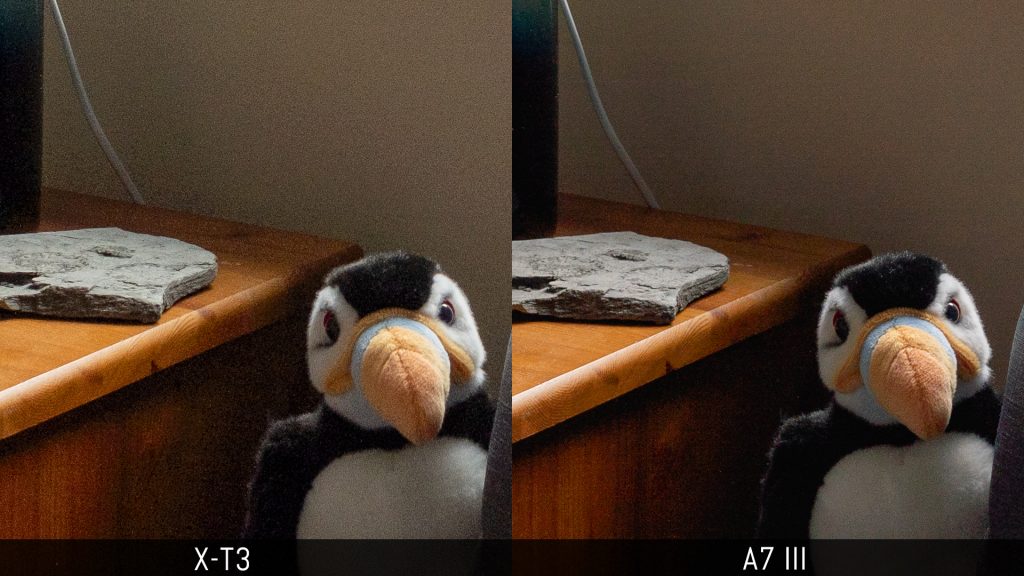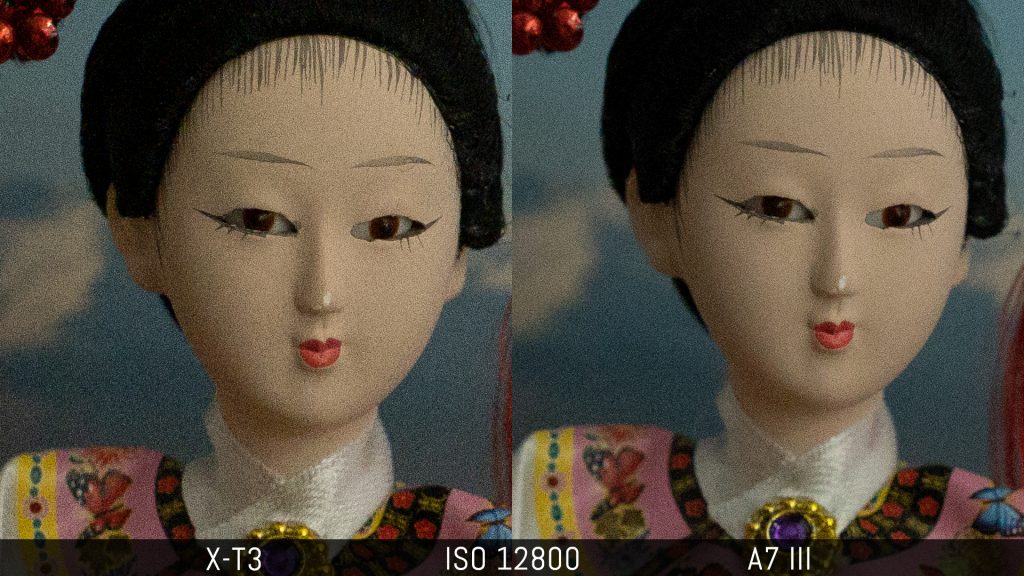The X-T4 packs impressive specifications for stills and video. It fills the last gaps left by its predecessor, the X-T3, and is now one of the most complete cameras on the market.
The A7 III is older but remains one of the most popular mirrorless cameras around thanks to its full-frame sensor and a perfect blend of performance and affordability.
Our X-T3 vs A7 III comparison has been very popular, so it’s only natural that people are wondering how the new Fuji model stacks up against one of the very best mirrorless cameras you can find.
X-T4 comparison previews:
X-T3 vs X-T4 – X-T4 vs X-H1 – X-T4 vs X-Pro3 –
X-T4 vs A6600 – X-T4 vs A7 III
Ethics statement: The information found in this article is based on official specifications and our personal experience with the A7 III and Fujifilm cameras. We were not asked to write anything about these cameras, nor were we provided with any sort of compensation. Within the article, there are affiliate links. If you decided to buy something after clicking the link, we will receive a small commission. To know more about our ethics, you can visit our full disclosure page. Thank you!
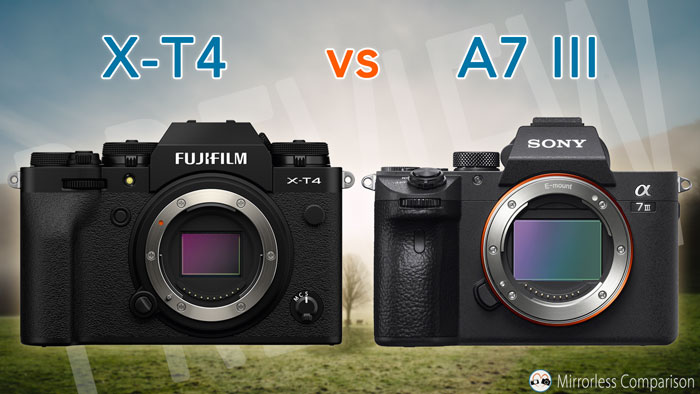
1. Design
There are many important differences to talk about and the design is one of them so let’s start with that.
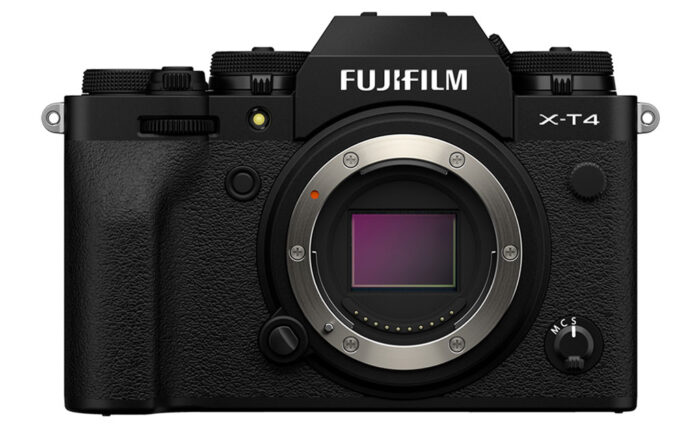
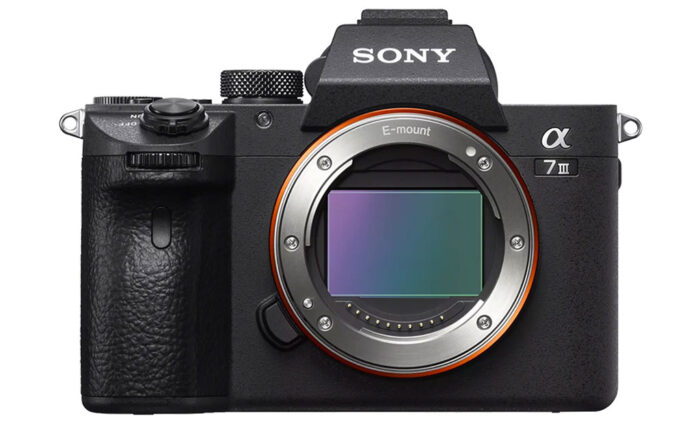
The X-T4 embraces the same successful design seen on the previous generations but increases slightly in size. If we compare it to the A7 III, the Fuji is larger but lighter.
- X-T4: 134.6 x 92.8 x 63.8mm, 607g
- A7 III: 126.9 x 95.6 x 73.7mm, 650g
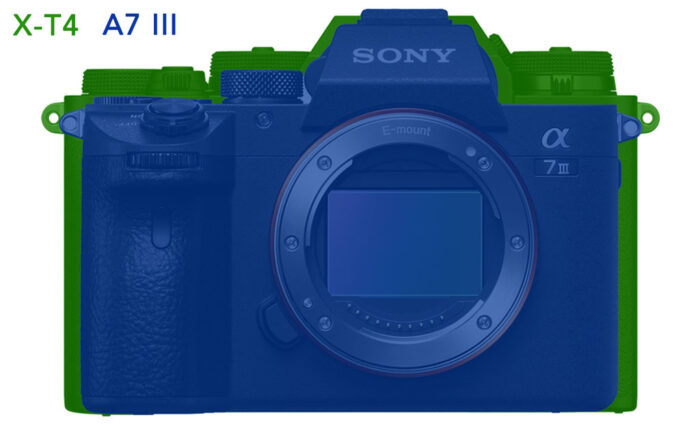
Weather-sealing is available on both products. Fujifilm claims resistance to dust, moisture and cold temperatures down to -10˚C while Sony only mentions dust and moisture.
The A7 III has a more prominent grip on the front. That said, it is not my favourite. A grip extender allows you to rest all your fingers more comfortably, which is helpful when using a large lens. With the X-T4, and based on my experience with the previous X-T3, I would expect that a grip extender can also be of help when dealing with large lenses such as the XF 100-400mm.
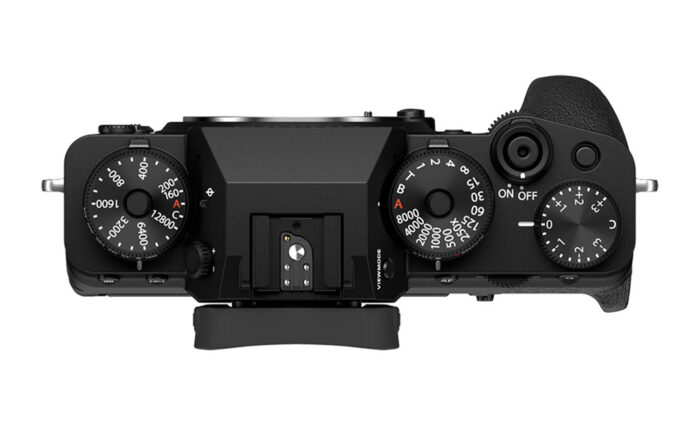
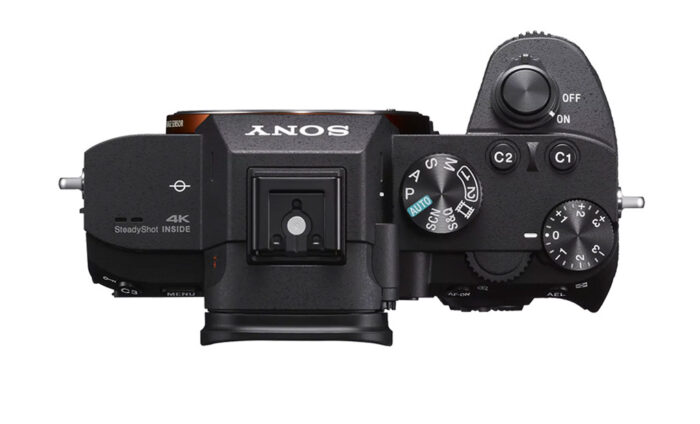
In addition to some subtle cosmetic changes, the most interesting addition to the X-T4 is the still / movie mode dial that sits underneath the shutter speed dial.
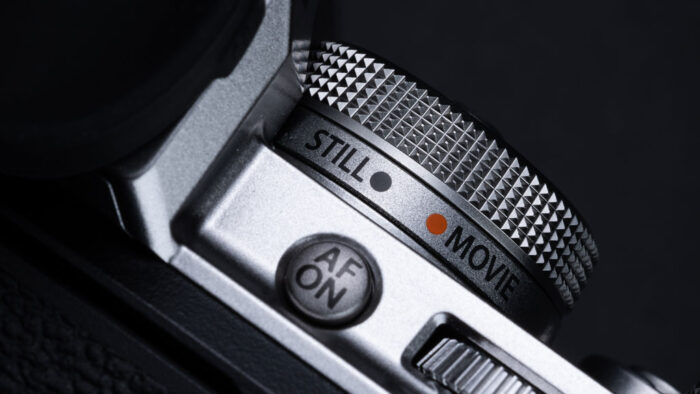
On the A7 III, you need to use the shooting mode dial on top. The Fuji camera has mode dials including one for the ISO and drive modes.
Both cameras come with an AF joystick and various buttons that can be customised. They have a configurable quick menu as well as a My Menu section where you can save your favourite settings.
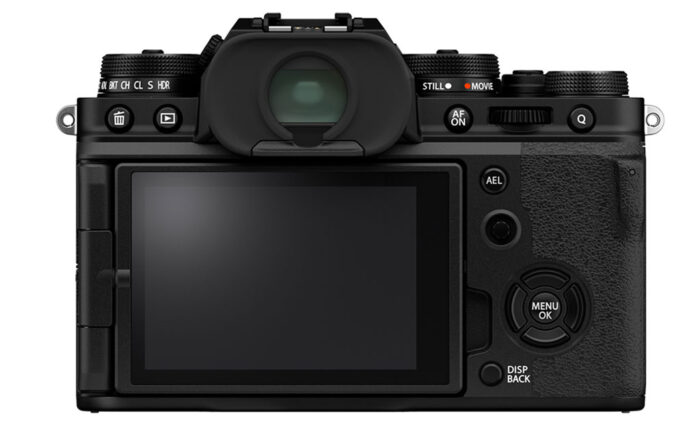
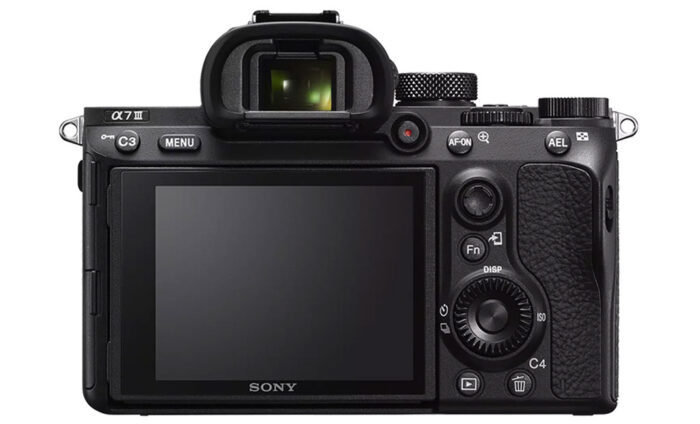
You will find two SD card slots on each camera with various options to separate the type of files or record to both cards simultaneously. One advantage of the X-T4 is that both slots are UHS-II compatible, whereas only the first one is on the A7 III.
2. EVF and LCD
The X-T4 has an OLED viewfinder with 3.69M dots of resolution and a refresh rate that goes up to 100fps when the Boost mode is activated.
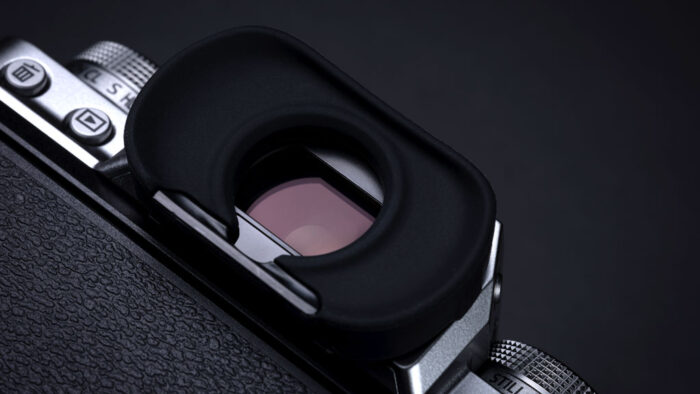
The A7 III has less resolution (2.36M) and a maximum refresh rate of 60fps. It has more magnification however (0.78x vs 0.75x). The eye point is 23mm on both.

The extra resolution and frame rate on the X-T4 are certainly welcome (and are useful especially when following action and panning quickly), but judging from my X-T3 vs A7 III comparison (the X-T4 has the same EVF as the X-T3), I didn’t find the difference to be as relevant as I thought it would be.
The rear monitor presents a more pronounced difference because of the tilting mechanism.
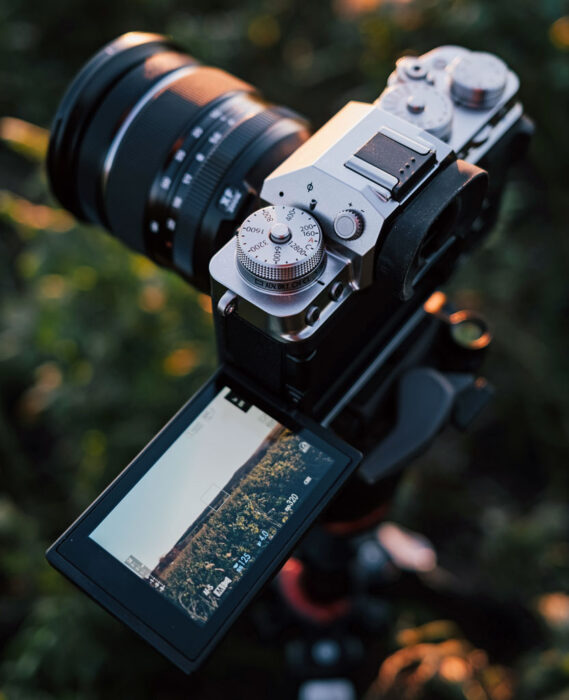
On the X-T4, you can open it to the side and rotate it 180˚, a solution seen on many other cameras and traditionally preferred by users who like to shoot video on a regular basis.
The A7 III screen has a two-way tilting mechanism (up and down) and no 180˚ option.
The X-T4 LCD has more resolution here as well (1.62M vs 0.92M on the Sony).
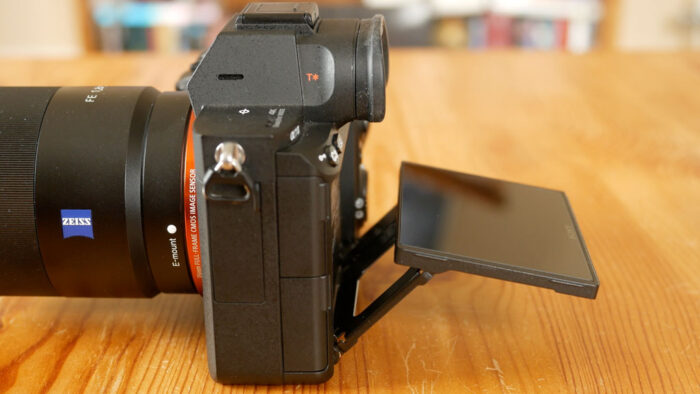
Then we have the touch screen capabilities, where the X-T4 gives you many more options. You can move the AF area, take a shot, flick to activate a function (up to four), prioritise a face when multiple people are in the frame and change settings in the Q menu. You can also control all the settings, including the exposure (bypassing the physical dials) in movie mode.
On the A7 III, you can use the touch screen to move the focus point (also when composing with the EVF), or activate magnification with a double tap.
3. Sensor and Image Quality
The X-T4 and A7 III have different sensors, starting with the size, so this is an important point to analyse.
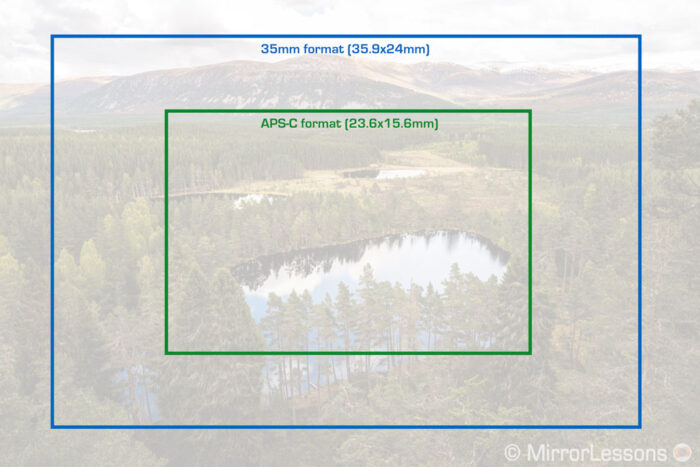
The Fuji features the same chip found on the X-T3: APS-C size, 26.1MP, BSI structure, no AA filter and X-Trans pattern.
The A7 III has a full-frame (35mm format) sensor with 24.2MP, a BSI structure, an AA filter and a Bayer pattern.
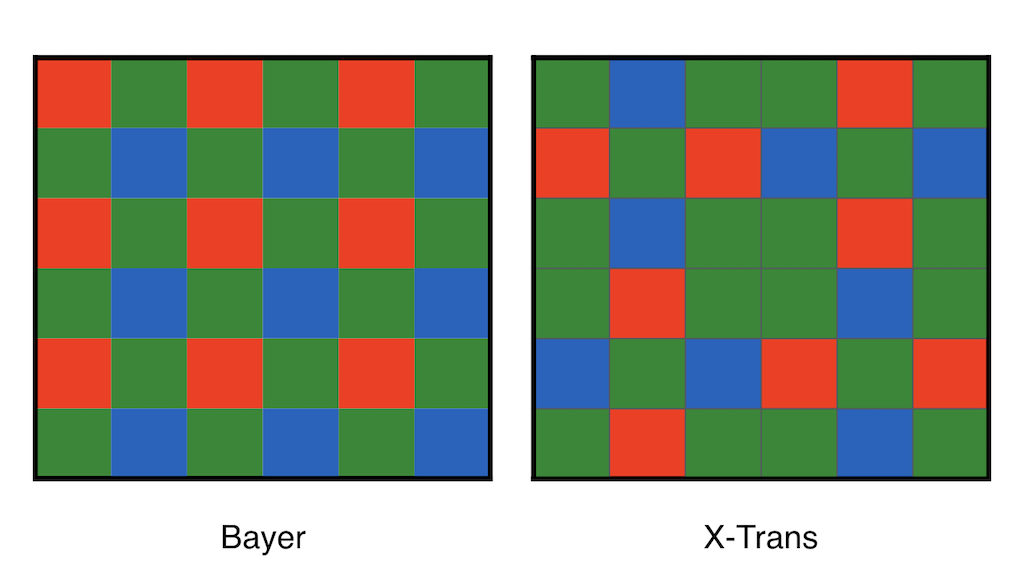
Another difference concerns the ISO range:
- X-T4: 160 to 12800 ISO, or 80 to 51200 with extended values
- A7 III: 100 to 51200 ISO, or 50 to 204800 with extended values
Because the X-T4 has the same sensor as the X-T3, and we’ve already compared the X-T3 and A7 III, I can share some thoughts about the difference in image quality from a real world perspective.
The A7 III shows better dynamic range when recovering shadows extensively in post (less noise).
The performance at high ISOs is also better. It is visible from ISO 3200 and becomes more relevant as you increase the sensitivity.
Now this quick summary only scratches the surface because there is much more to talk about. For example, the Fuji sensor is calibrated differently and with the same exposure settings as the Sony, tends to give you a darker image by 2/3Ev.
Secondly, the difference in pixel arrangement can influence sharpness depending on the software used. Then there are the different settings, as well as the various colour palettes when selecting the various profiles. You can learn more about all this in our A7 III vs X-T3 comparison (Image Quality section).
I don’t expect the X-T4 sensor to behave any differently, unless Fuji added some (undeclared) tweaks to it. Once I have the chance to test the new camera, I will double-check this.
4. Video
The most interesting improvement that Fujifilm has made in the past two years has to do with video. The X-T line-up has gone from having passable video features to becoming a reference and the company is now pushing more than others on this front. And surprisingly, they’re surpassing Sony at the moment, at least in terms of pure specifications.
Let’s begin with the things they have in common. Both cameras can:
- record 4K video up to 30fps with no sensor crop and full pixel readout
- record for a maximum of 30 minute per clip
- record with HLG gamma
- record with a Log curve (the Sony has two to choose from)
Now, here is the things the X-T4 can do that the A7 III can’t:
- 4K up to 50 or 60p (with a 1.18x sensor crop and 20min max.)
- Cinema DCI aspect ratio in 4K and 2K
- 4K up to 400Mbps with ALL-I compression (the Sony does 100Mbps with IPB)
- 10-bit 4:2:0 internal recording (H.265 codec), 10-bit 4:2:2 via HDMI (the A7 III does 8-bit only)
- Full HD up to 240fps with the High Speed Mode* (the Sony does 120fps)
*Note: with the High Speed mode (slow motion), the X-T4 crops the sensor by 1.29x.
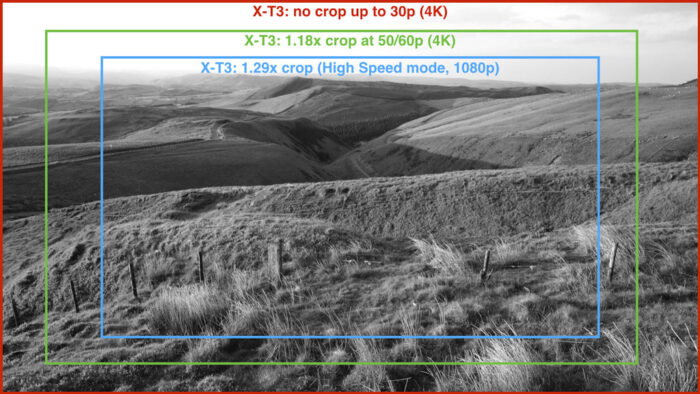
X-T3: 1.18x crop at 50 and 60p (4K)
X-T3: 1.29x crop with the high speed mode (1080p)
The video below compares the video capabilities of the X-T3 and A7 III. Since the video specifications are pretty similar between X-T3 and X-T4 (except for slow motion) and the sensor is the same, this video should give you a good preview of how the two cameras compare in terms of image quality.
There are other details to point out. The A7 III doesn’t crop the sensor when recording 4K at 24 and 25p, but applies a 1.2x crop at 30p. The Sony also has a Super35 crop mode (APSC, meaning 1.5x).
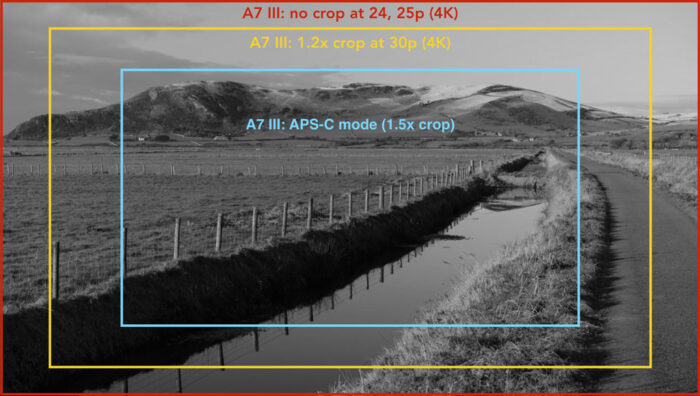
A7 III: 1.2x crop at 30p (4K)
A7 III: APS-C mode (1.5x crop)
The Sony has two ways to record high frame rate in 1080p (without a crop). There is the normal mode where sound is recorded and the playback speed remains normal, which means you have to change the frame rate in post to create a slow motion effect. With the Q&S mode however, the slow effect is created in camera and there is no sound unlike the Fuji.
The Sony has more advanced settings to customise the look of your image (Picture Profiles) and adjust many parameters such as colours, gamma, black levels and more. The X-T4 has some settings such as DR, highlight/shadow as well as a dedicated film simulation mode designed for video called Eterna.
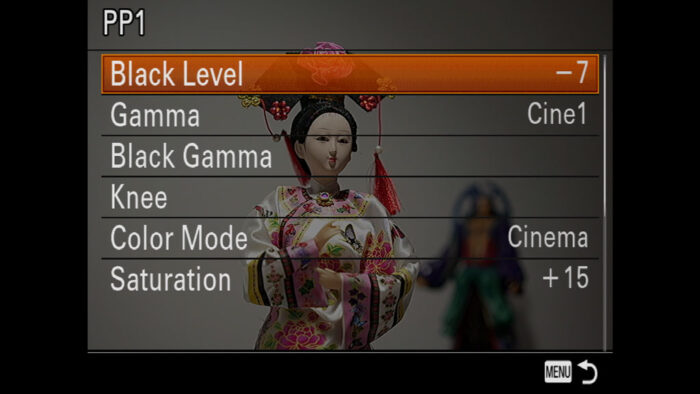
The X-T4 has a 3.5mm microphone input but no headphone output. You can use the USB port with an adapter however which is included in the box.
The A7 III has a microphone input and headphone output (both 3.5mm).
5. 5-axis Stabilisation
The X-T4 is the second Fuji APS-C camera to feature in-body image stabilisation. It has an official rating of 6.5Ev (CIPA), but this can vary depending on the lens used (the minimum guaranteed is 5Ev). The Sony A7 III can compensate up to 5 stops according to the official specifications.
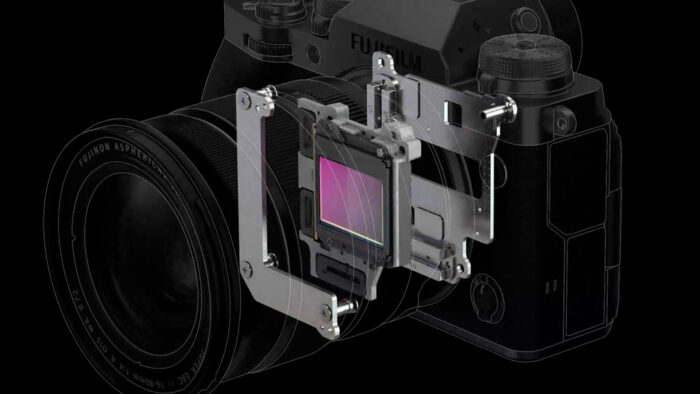
Both systems work on five axes (roll, pitch, yaw, X and Y) but the cameras will use fewer than that when a lens with optical stabilisation is attached. For Sony, I know it’s three axes on the sensor (roll, X and Y) whereas with Fujifilm, it can vary from lens to lens. For example the XF 80mm Macro has an advanced optical stabilisation that works on 4 axes, so only one is used on the body.
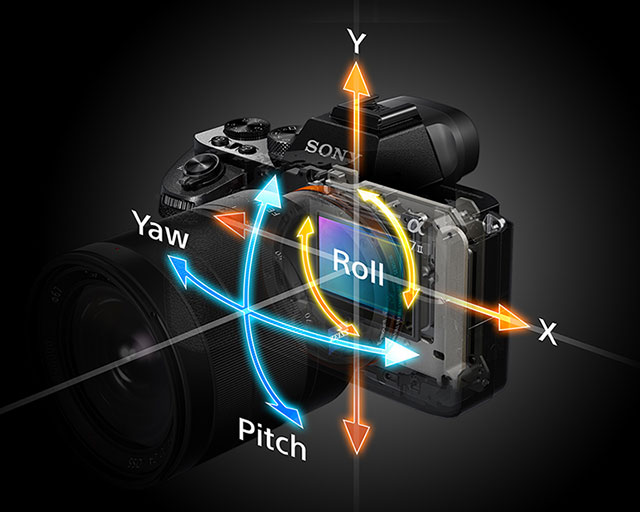
Image stabilisation is effective for video recording, but the X-T4 adds more options such as electronic stabilisation to smooth the result when walking, and another setting called IS Mode Boost to improve the result of static shots.
Here I can’t really comment on the performance without a side-by-side test. In my experience, the stabilisation of the A7 III is good for stills and acceptable for movie recording. The X-T4 presents better specs and more options for video, and if I have to judge Fujifilm’s previous IBIS-enabled camera, the X-H1, I would say there is potential for the X-T4 to do better. We’ll see!
6. Autofocus
The X-T4 and A7 III use a hybrid autofocus system with contrast and phase detection points.
The X-T4 has 117 phase/contrast areas. With certain settings, you can have more points (425) to fine-tune focus more precisely. These points cover most of the sensor’s surface.
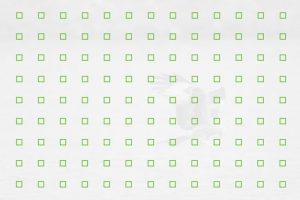
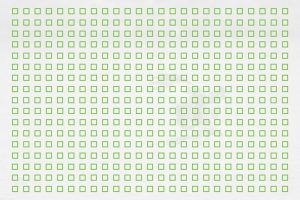
The A7 III features 425 contrast and 693 phase detection points that are distributed across 93% of the sensor surface.

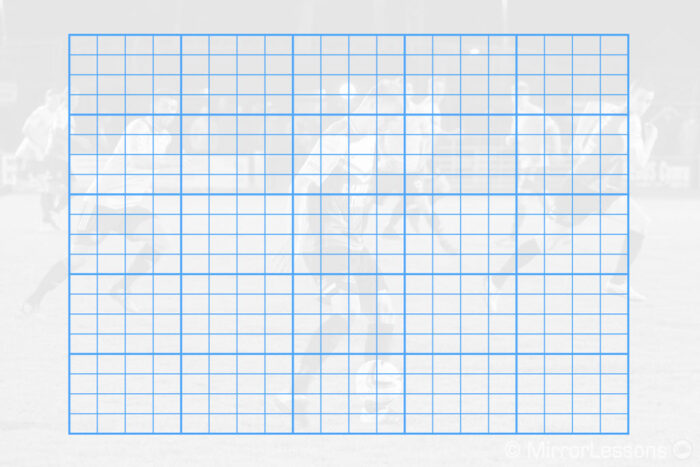
Fujifilm states a minimum sensitivity of -6Ev with a 1.4 lens, whereas the A7 III offers -3Ev with an f2 lens (so -4Ev with f/1.4).
For the X-T4, Fujifilm has developed an update software that tracks more data such as colours and shapes (in addition to distance) to improve accuracy. (It should be twice as powerful as its predecessor). The brand also claims an acquisition speed of 0.02s (the A7 III data is not specified).
Both cameras have face and eye detection. It works really well on the A7 III and Eye AF can be used for animals as well. The X-T4 has an updated algorithm here too which should improve the results.
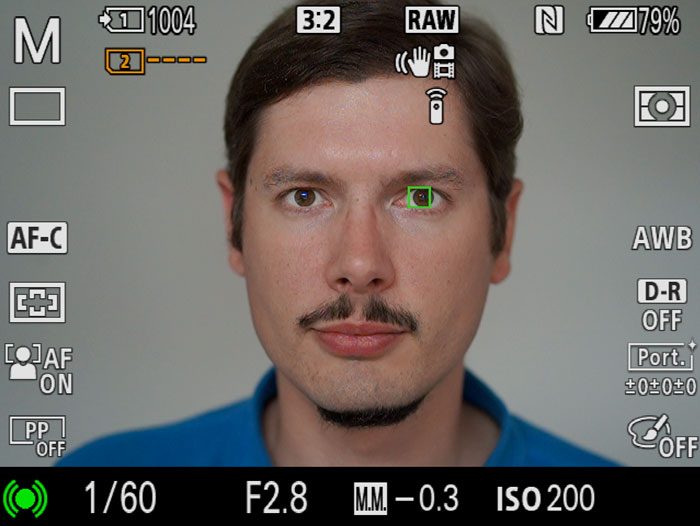
Here as well, I cannot really comment because the X-T4 has an updated version of the X-T3’s autofocus, so my X-T3 vs A7 III comparison is not enough. I’m curious to see how much better eye detection has become, because it is one of the best features of the A7 III and many other Sony cameras.
For difficult subjects such as birds in flight, the A7 III did well in our ranking (77% / 96%) and better than the X-T3 (72% / 96%). I’m curious to see how the software tweaks will improve the performance on the X-T4.
7. Shutter and Burst Speed
The X-T4 has a mechanical shutter unit rated at 300,000 cycles and a maximum speed of 1/8000s. The A7 III shares the same maximum speed and has a rating of 200,000 actuations.
The slowest speed is 30s on the Sony before the Bulb mode. Interestingly, the X-T4 has a T mode on the dial that allows you to take exposures of up to 15 minutes. Bulb is also available if you need a longer duration.
Specifications become more interesting when we look at the electronic shutter, especially in the case of the X-T4. First the Fuji camera can go as fast as 1/32000s, but more importantly, it increases the continuous shooting speeds.
With the mechanical shutter, the X-T4 can shoot up to 15fps, whereas the A7 III does 10fps (with AE/AF tracking in both cases). Switch to the e-shutter, and the X-T4 goes up to 20fps, or 30fps with a 1.25x sensor crop (16MP output). Here was well, these speeds are available with continuous autofocus and RAW files. The A7 III doesn’t increase the burst speed when using the electronic shutter.
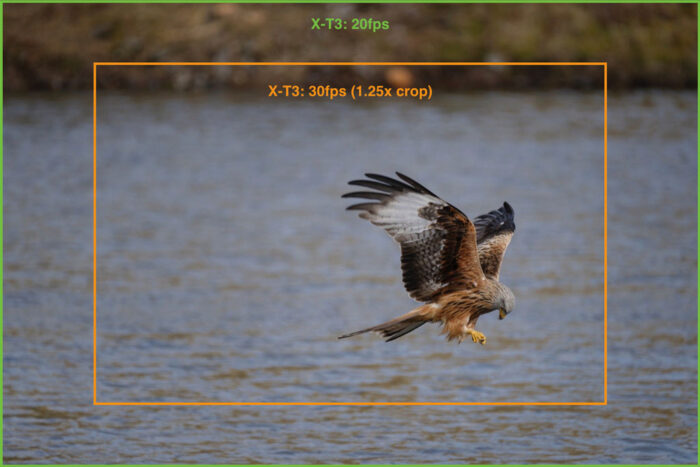
X-T3: 30fps with a 1.25x crop
Furthermore, with the e-shutter, the X-T4 can record at 20 or 30fps with live view and no blackouts, just like the flagships Sony A9 and A9 II. You can also activate the Pre-Shoot mode where frames are loaded and updated into the buffer memory before you fully press the shutter button, helping you capture unpredictable moments.
8. Battery
The X-T4 has a newly developed battery that increases the capacity in comparison to the previous generation.
The NP-W235 has an amperage of 2350mAh and the rating is 500 shots (600 with the economy mode).
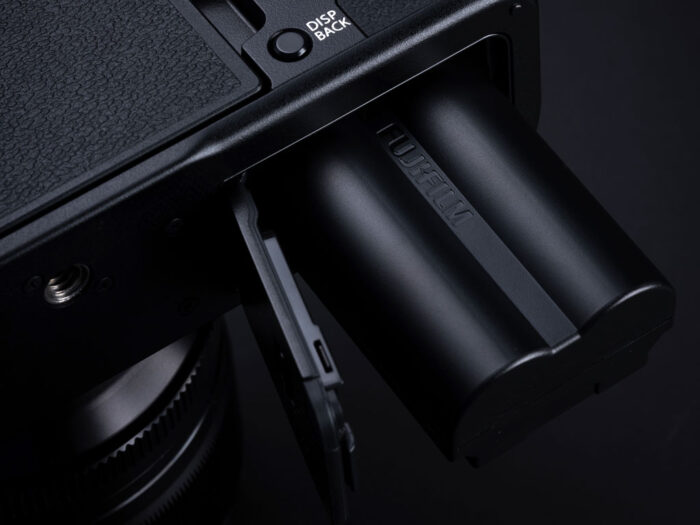
The A7 III’s battery, the excellent NP-FZ100, has a capacity of 2280mAh and the rating is higher (710 shots with the LCD screen, 610 with the EVF). We’ve used this battery with many A7 and A9 cameras and it’s one of the very best you can find among mirrorless cameras. (I can easily manage more than 2,000 shots in a real-world situation.)
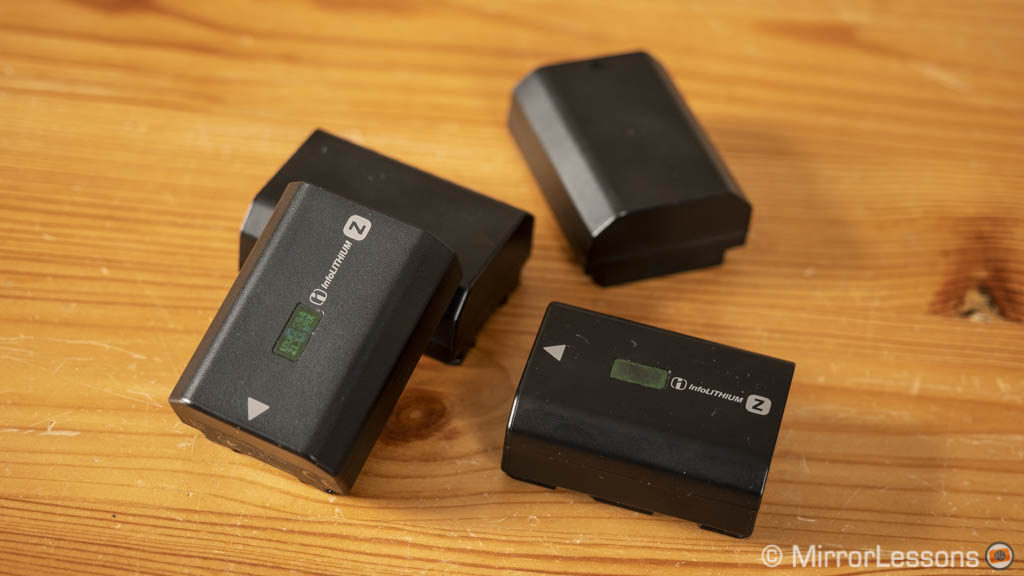
The two cameras can be charged or powered via USB and an official battery grip is available for both.
9. Lens System
As always, it’s important to save a few words for the lenses, especially if you’re not familiar with the two systems.
Fujifilm offers a good set of native lenses for the X-mount (28 at the time of writing). You will find everything from wide angles to telephoto lenses, as well as various fast primes. There are compact options such as the f2 series that comes with fast AF and weather sealing.
You can find various third party lenses as well, but many of them are manual focus. That said, Viltrox has made the effort lately to release fast AF primes at an attractive price, and Tokina has recently announced that it will start producing autofocus lenses for the system, which is an excellent news.
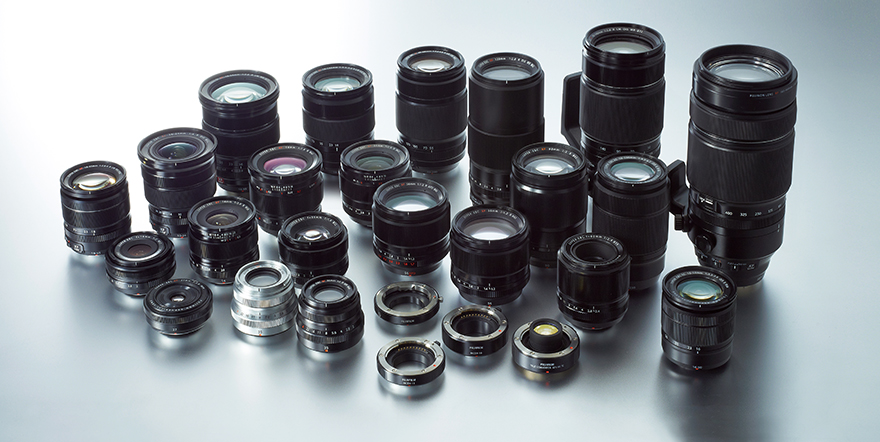
The Sony E-mount system has a wider offering for various reasons. Sony has made a huge effort since the release of the first A7 generation, and now has 31 lenses in its arsenal for the full-frame series alone. What’s more, brands such as Samyang, Zeiss, Sigma and Tamron are actively investing in the system, which means that users now have the choice between a cheaper/expensive or smaller/larger version of the same type of lens. There is more choice for every budget and need and that has become one of the main strengths of the Sony system.
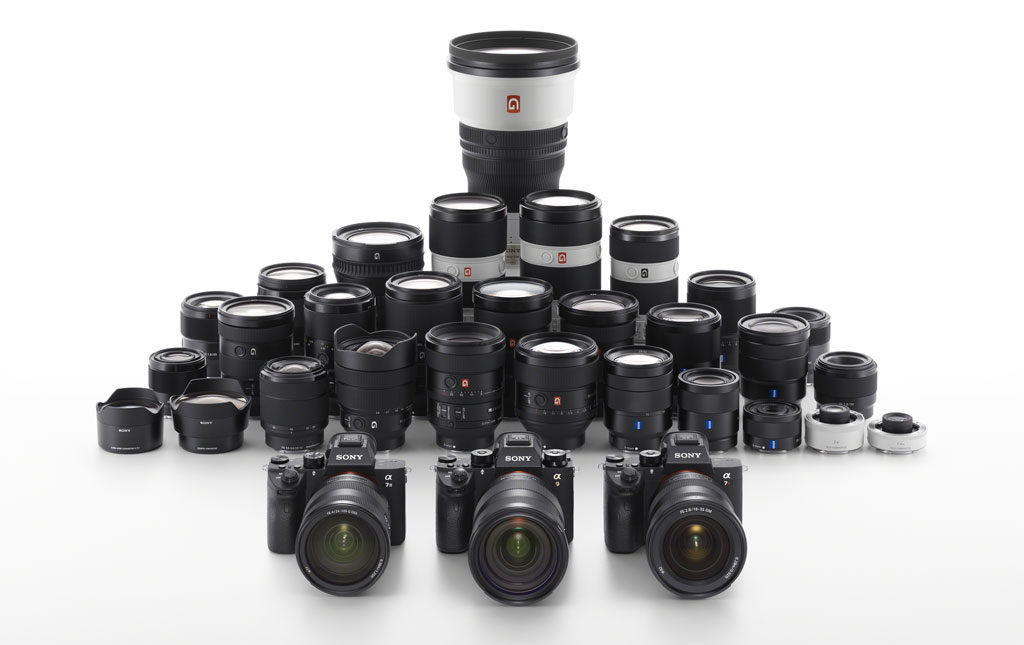
You can also adapt DSLR lenses on both cameras. I never tried this with Fuji so I can’t tell you how the performance is (I know there are some adapters that retain automatism including the AF). With Sony, it has been one of the strengths of the system since the second generation. The performance can vary from lens to lens and from adaptor to adaptor, and while it doesn’t reach the same speed as native lenses, in many cases it works surprisingly well.
10. Price
The X-T4 can be found for $1700 / £1550 / €1830 body only.
The A7 III is a bit more expensive at $2000 / £1750 / €1900.
Note that these prices are the ones found at the time of publishing this article (late March 2020). They may change or be subject to temporary discounts, instant rebates or cash back promotions.
Conclusion
X-T4 comparison previews:
X-T3 vs X-T4 – X-T4 vs X-H1 – X-T4 vs X-Pro3 –
X-T4 vs A6600 – X-T4 vs A7 III
Some of you will know which model you want straight away by looking at the size of the sensor. And that’s absolutely fine.
If we look more in-depth however, the choice can become more difficult to make. The X-T4 really seems to tick a lot of boxes. It features a good sensor, impressive video capabilities, has 5-axis stabilisation and comes with super fast continuous shooting speeds with a blackout free live view. It really feels like a camera that can excel for every genre and situation.
We’ve owned the A7 III since its release and it too can deliver excellent results everywhere. If I have to find some negatives now that I’m writing this comparison in 2020, it is that some of its specifications are starting to feel a bit old (EVF resolution, video) when compared to the latest models from the competition. But the camera is more than two years old so it is understandable.
My advice, more than focusing on sensor size or video specs alone (unless you know exactly what you want), would be to look at each system as a whole to get a better idea of what they have to offer. Once I’ve fully tested the X-T4, I’ll be able to tell you more.
Reminder: the links below are affiliate links. If you decided to buy something after clicking the link, we will receive a small commission.
Check price of the Fujifilm X-T4 on
Amazon | Amazon UK | B&H Photo | eBay
Check price of the Sony A7 III on
Amazon | Amazon UK | B&H Photo | eBay

